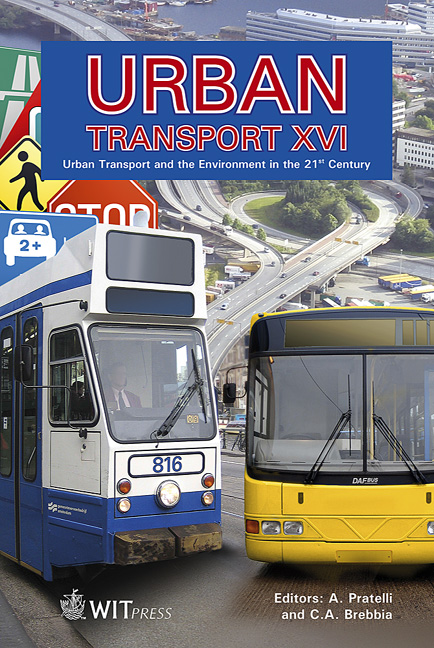Small Urban Area Transportation Planning
Price
Free (open access)
Transaction
Volume
111
Pages
10
Page Range
49 - 58
Published
2010
Size
1,030 kb
Paper DOI
10.2495/UT100051
Copyright
WIT Press
Author(s)
I. Ćavar, M. Petrović & Z. Kavran
Abstract
Transportation planning and modelling of future demands is a challenging process for all transportation engineers. Collecting current network and travel demand data is elementary, but motorization level and population growth as well as physical and regional planning cannot be omitted. The paper describes the process of transportation planning for small urban areas respecting the town specific characteristics and regional growth trends. After data collection and modelling of the current situation, forecast procedures have been developed and future network solutions proposed. Keywords: transportation planning, transportation modelling, forecast, small urban areas. 1 Introduction Traffic planning of small urban areas is a comprehensive process which encompasses a number of successive activities directed to maximally efficient organization of traffic flows recognizing the future needs of the considered area. The starting point of every planning process is the analysis of the current state of the traffic system and the satisfaction level of the users' needs. Consequently, the nominal plan of the future design of the system is defined, followed by the feasibility study of the proposed solution (terrain inspection, solving of property relations, analysis of the availability of the necessary resources, etc.). If the feasibility study confirms the nominal plan, the system design process itself, the implementation of the solution and monitoring of the system growth can be started. The paper provides the theoretical and practical study of the planning process and the performed activities for the planning needs of the traffic system in small urban areas.
Keywords
transportation planning, transportation modelling, forecast, small urban areas





